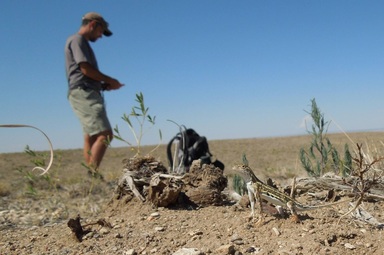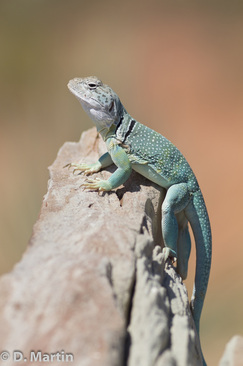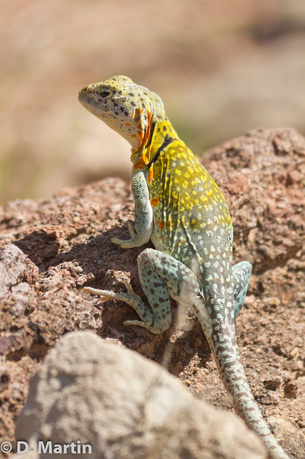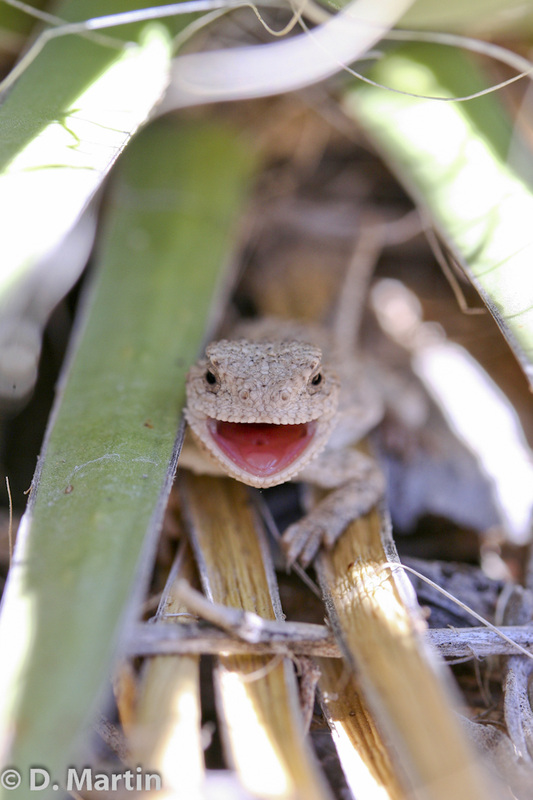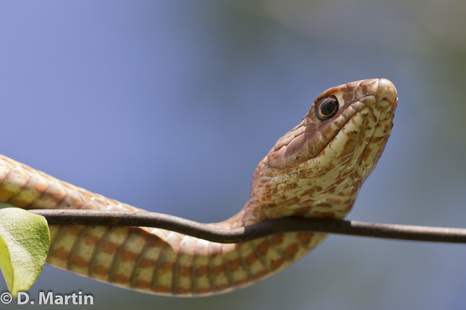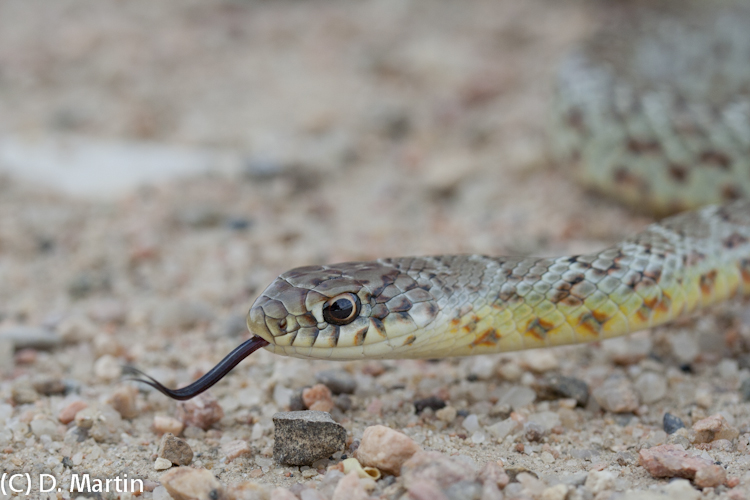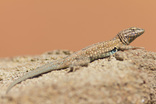Volunteer!
Why Volunteer?Wildlife and land management agencies do not have the resources to monitor the trends of most wildlife species, including reptiles. This lack of information is one of the primary reasons that approximately 60% of terrestrial reptile species are listed as Species of Greatest Conservation Need in at least one Great Plains state based on State Wildlife Action Plans. Your participation in this project would better enable conservation of native reptiles by improving our understanding of the impacts of change in climate and habitat on reptile distributions. You don’t have to have any prior experience looking for reptiles!
|
|
What Do I Need to become a Reptile Monitor?
Please read the details below prior to completing the Volunteer Registration & Agreement.
|
|
Eastern Collared Lizards are the largest lizard species found in the Great Plains. They feed on a variety of smaller animals including other lizards, small rodents. Adult males are brightly colored (upper left) during breeding season, while females display bright colors when gravid (upper right). Both shown here were observed in Briscoe County, Texas.
|
*Keep this old adage in mind when collecting and reporting data: "Garbage in, garbage out"...
If you don't follow protocols, we won't be able to use your data! We know your time is valuable, so please contact us if you have questions about the protocols!
We anticipate conducting surveys through at least 2016.
How do I get started?
|
A neonate (newborn) Short-horned Lizard is so small it can fit on a nickel! They grow rapidly - often tripling in weight - before entering hibernation about 6 weeks after they are born in late summer.
|
Review the materials on this page and complete the Volunteer Observer Form & Agreement towards the bottom of this page.
If you have questions, please read the FAQs at the bottom of this page; if your question isn't answered please contact the project coordinator: Danny Martin. Once you submit the form, you should expect a response within 2 weeks. Areas available for volunteer surveys in Colorado, Texas & Kansas are currently posted by county below. We will be establishing survey sites on public lands in New Mexico, Oklahoma, Wyoming, Nebraska, and South Dakota as we are able to line up volunteers in those states. Note that volunteers usually are only assigned surveys on public lands. When you contact the project coordinator, please designate which state(s) and county/counties you would be willing to survey. If you have a preference note that in the comments field on the Volunteer Registration & Agreement. |
|
Be sure to read through our list of Frequently-Asked Questions before contacting the project coordinator with questions!
|
North American Racer (juvenile, above), Otero County, Colorado. Coachwhip on a fence (left), Comanche County, Oklahoma.
|
